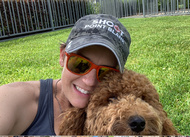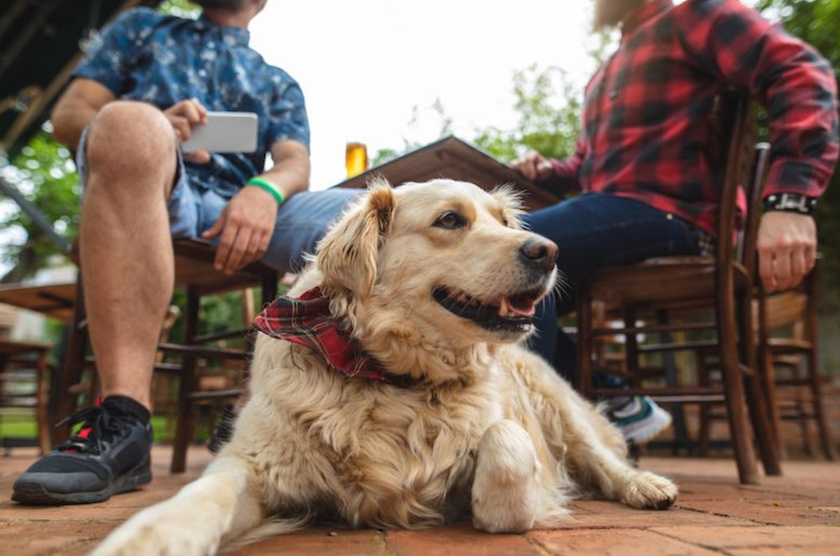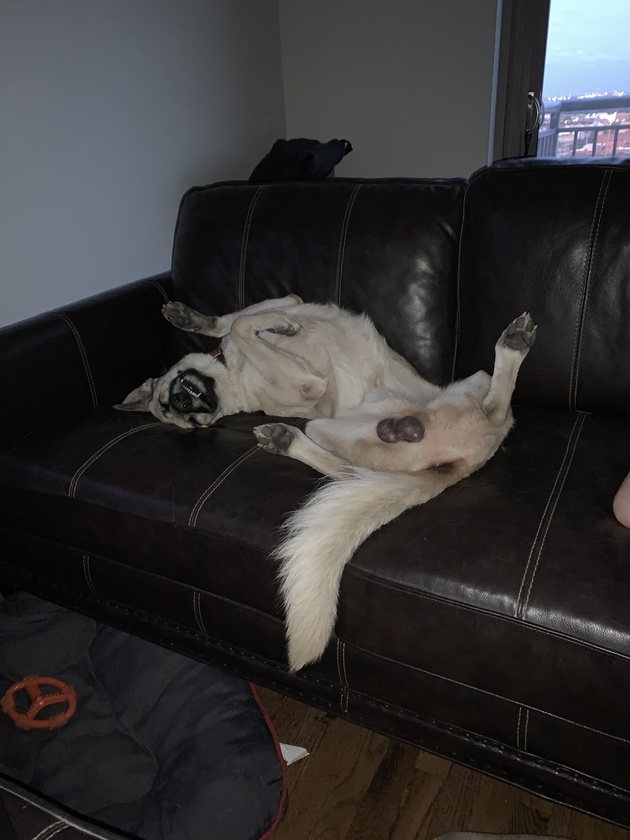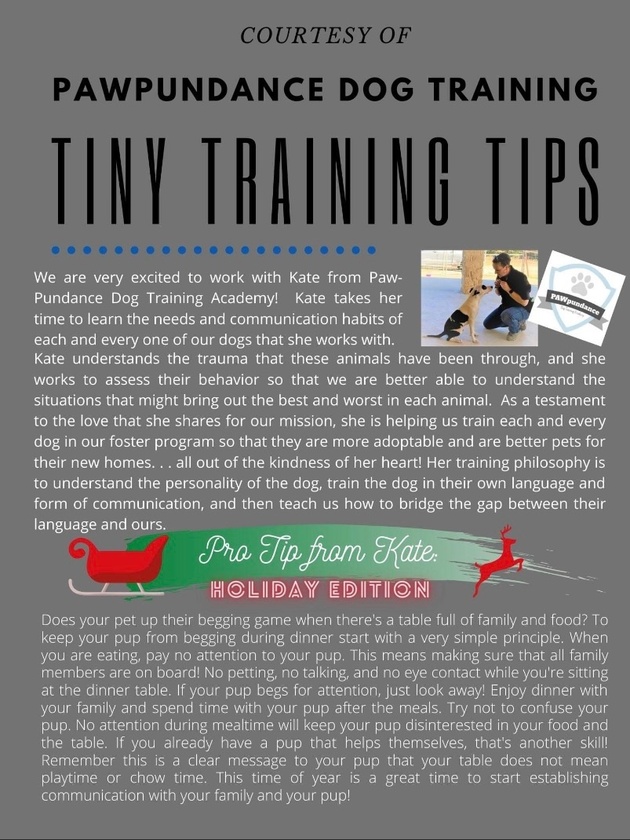
It’s ok! We’re here to help. We speak a little dog and can help translate for both of you. It’s probably just a miscommunication! And we are here to help get you both speaking the same language! Woof!
Connect with the PAWpundance training team and other members of the dog community to discuss better ways to communicate with your furry house guest.
**To get started USE code: TRIAL1month **
Social Media: Fueling Addiction at the Expense of Our Loved Ones
One unexpected effect of social media is the dopamine hit we receive from likes, views, and comments—similar to the rush experienced in addictions like drugs, alcohol, or gambling. In dog training, we often talk about attention as a form of currency. Social media operates on similar principles, with opinions, pictures, and videos acting as the medium.
Unfortunately, this medium has driven us toward polarized opinions and increasingly extreme content to attract attention. Moderate ideas rarely stir reactions, so we’re pushed to post more sensational or divisive content for engagement.
Our families—even our pets—are sometimes drawn into this cycle. Kids and dogs, in particular, are often featured as part of a system that gives us a dopamine boost and drives our addiction to attention.
At PAWpundance, we don’t support using dogs (or kids) as tools to satisfy an addiction to social media approval. Captured moments shared out of love are beautiful. But forced and staged content can exploit those who can’t consent, wrapping them up in the addictive cycle. In Hollywood, agencies protect animals and children from exploitation. But who monitors their well-being on social media?
We’re here to help you focus on genuine, healthy connections with your pets, not another form of addiction. We encourage you to share only candid, joyful moments that reflect your true bond. Let’s make social media a space to build on real relationships, not undermine them.
Bring your love for your pup to PAWpundance, and together we’ll create a positive difference! For your health and theirs, join us and share all your happy, unfiltered moments. Let’s be the change!
(See pictures below: imperfect lighting, messy homes, but true, lovable moments!)
Welcome to PAWpundance Dog Training Academy on Locals.com!
We’re thrilled that you’ve joined our community! PAWpundance is a place for positive, dog-loving people to come together, share experiences, and help each other grow. Locals offers an “ad-free experience,” so even a small contribution helps support our tech and keeps our community thriving.
We want to see your furbabies!
We’re here to assist with any questions you may have about training, behavior, and more. At PAWpundance, we believe in blending knowledge with a bit of fun—expect plenty of paws, puns, and maybe even a dance or two! Together, let’s enjoy some laughs and build stronger relationships with our pups.
Our Philosophy:
We’ve invited another species to live in our homes, and our dogs are much more than accessories; they’re our guests. They don’t speak our language, and like in the movie E.T., we don’t want to be the intimidating figures trying to coerce a scared, confused being. Instead, we want to be like ...
Eye Contact, Eye Contact, Eye Contact!
Reward every glance. Start by reinforcing brief glances, then encourage your pup to hold your gaze a bit longer. Gradually phase out your part of the eye contact—your pup will learn to watch you and adapt to your movements naturally. This approach helps them learn to walk with you without relying on leash cues.
Remember, the leash is purely for safety—not for communication.
Take a look at this video with Meghan and Buckee. Buckee is watching Meghan closely, and she rewards him by making eye contact, smiling, and offering treats. Meghan also looks forward occasionally, teaching Buckee to walk with her in sync.
Notice that Buckee is a reactive pup, so the leash is essential for safety, especially if he responds to something unexpectedly. However, it’s only used for physical control when necessary. When Buckee refocuses, Meghan reestablishes instructional control, and they continue their walk together. She does a fantastic job of engaging with him! In ...
Loose-Leash Walking Tip:
Where you reward makes a big difference! Try using the hand on the same side as your dog when giving treats or praise.
When you reach across your body to reward with the opposite hand, it draws your dog’s nose in front of you, encouraging them to move ahead and potentially start pulling.
In the video of Meghan and Domino, Meghan holds the leash with her left hand while Domino walks on her right. She rewards him by petting and giving treats with her right hand. This keeps Domino walking by her side on a loose leash, rather than in front, pulling her along.
Next time you’re out walking with your pup, try rewarding with the hand on the same side as your dog.
https://twitter.com/wholedogjournal/status/1295508215740932098?s=21
How to teach you pup to be a good dining companion! What a great skill!

https://twitter.com/wholedogjournal/status/1292609106637987840?s=21
This is about counter-surfers, but I love the description of trying to shame dogs. This author, Pat Miller helped me understand this concept in her book the Power of Positive Dog Training.
If you’re still on Twitter, the Whole Dog Journal is a great group to follow. Lots of fantastic info!

















